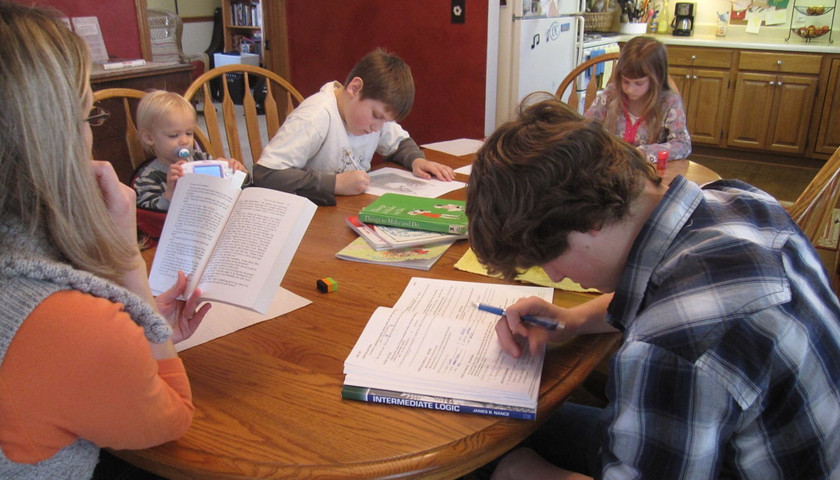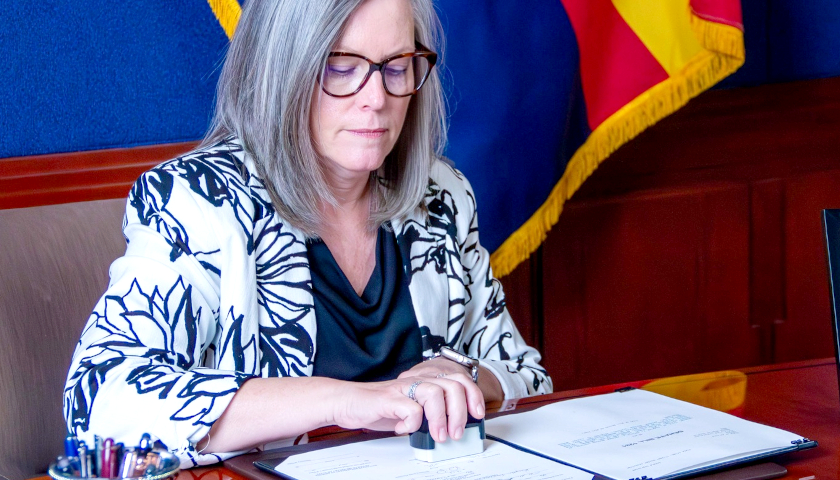by Jude Schwalbach
COVID-19 has disrupted student life across the nation, closing schools and leading to major questions about what’s in store for high school juniors and seniors as they take their next steps toward college.
The virus canceled many college placement exams that had been slated over the next few months. The ACT has postponed its April exams until June, and the College Board canceled two upcoming SAT exams that would have taken place in May.
The ACT and SAT are widely accepted college placement exams that nearly 3.6 million high school students take annually.
Many high school students have breathed a sigh of relief from the news, but the cancellations are a troublesome hurdle for students who have yet to submit their scores to a university.
Sarah Hobson, a former admissions dean, told U.S. News that since high school students usually take these exams in their junior year, “the class of 2021 will actually be the most affected class. All of these students are stressed about how this impacts their college decision.”
Some students have learned that the ACT and SAT are not the only college exam options. The Classic Learning Test, developed five years ago, filled an unexpected gap in the market.
Unlike its behemoth counterparts, the Classic Learning Test has not stopped testing because of COVID-19. Test participation actually has increased during the pandemic because the test can be remotely proctored online. The online prototype, piloted during the past year, preserves test integrity through time stamps and video recordings of each student testing.
Already popular among classical private and charter schools, the test is not limited to those students. As its website explains, “The classic in Classic Learning Test refers to its use of the greatest and most enduring texts that have informed and shaped society. Although these texts are featured prominently in a classical education, the CLT instead emphasizes intellectual aptitude and achievement, by no means limiting itself simply to a classical curriculum.”
In the previous academic year, the test served 21,000 students; and 170 institutions, such as Hillsdale College, Baylor University Honors College, and St. John’s College accept the test as a suitable measure of college readiness.
The Classic Learning Test prides itself on customer service. The test provides same-day test results and the organization submits test results to universities free of charge. Additionally, the test is shorter than the ACT and SAT.
The crucial difference between the Classic Learning Test and its peers is the test’s content. The impetus behind the project was to design a test more aligned with the curricula of many private and charter schools.
Jeremy Tate, the test’s chief executive officer, argues that district school curricula are aligned with the ACT and SAT, but private and charter school curricula are not. Accordingly, private and charter school students may be at a disadvantage when taking college entrance exams.
Moreover, the ACT and SAT attempt to make their content value-neutral, but the Classic Learning Test does not shy away from engaging test-takers with values-based content.
The practice test booklet explains its methodology, “The CLT is far from value-neutral: It challenges test-takers to think critically about our intellectual tradition, and to engage with it morally and ethically … The CLT’s focus on this tradition presents students with ideas, topics, and issues that [they] will encounter repeatedly in college and beyond.”
Practice tests use passages from the works of great authors such as Aristotle, John Paul II, and Anne Bronte. “There was a passage on a California standardized test that was just a vacuum cleaner manual. Why do that when you can put something beautiful in front of [students]?” Noah Tyler, Chief Financial Officer for the Classic Learning Test, said.
Before the Classic Learning Test, students whose education was classically centered did not have a college entrance exam tailored to their education. Like the classroom, testing is not a one-size-fits-all experience, and this test expands the testing marketplace to showcase the diverse strengths and interests of students.
The Classic Learning Test also is an example of how a robust educational marketplace can grow to meet the needs of students. As students continue to navigate the new normal of education during the COVID-19 pandemic, the Classic Learning Test is an additional tool at their disposal.
– – –
Jude Schwalbach is a research assistant in education policy at The Heritage Foundation.
Photo “Kids Learning at Home” by Iowapolitics.com. CC BY-SA 2.0.





